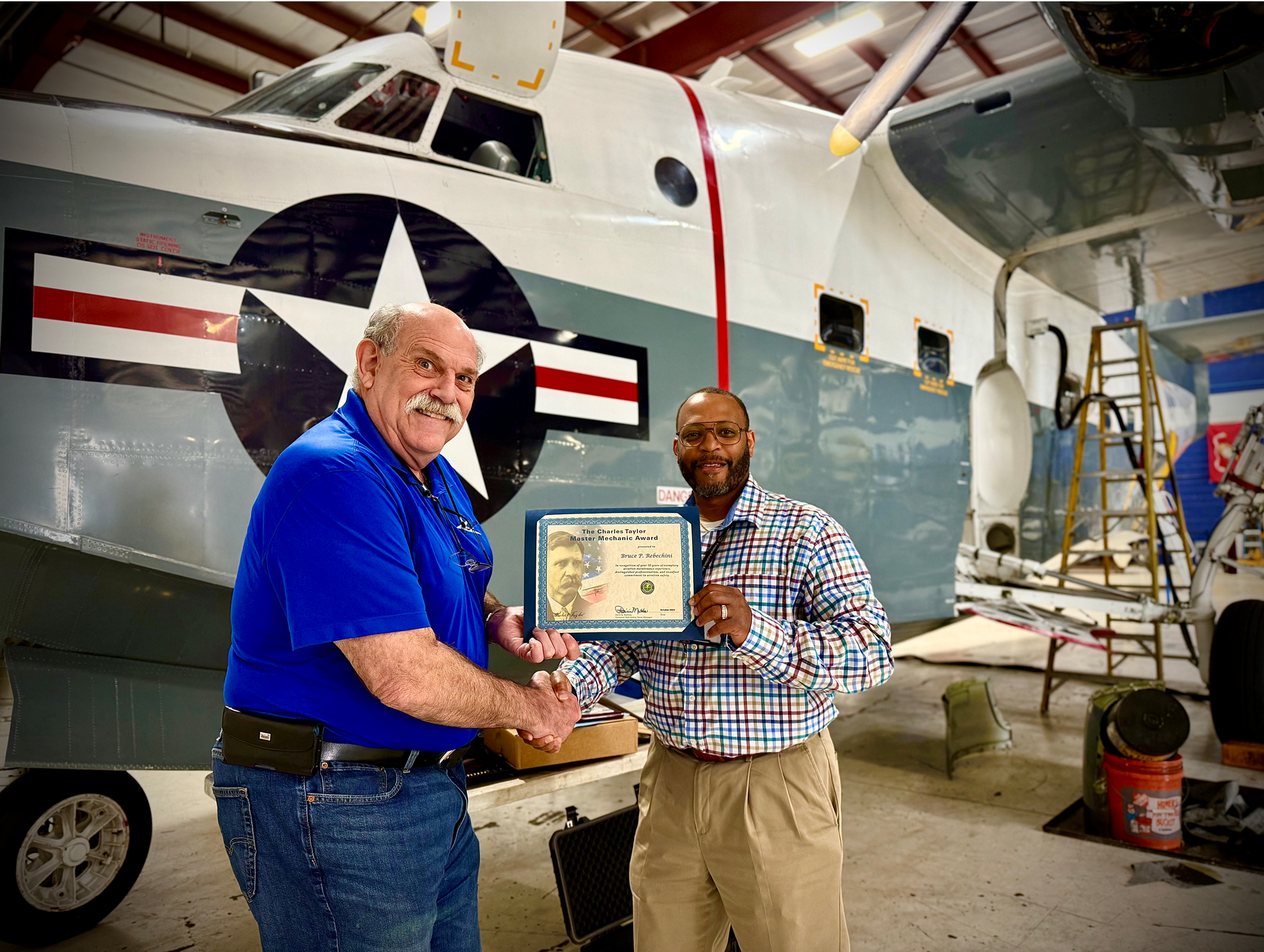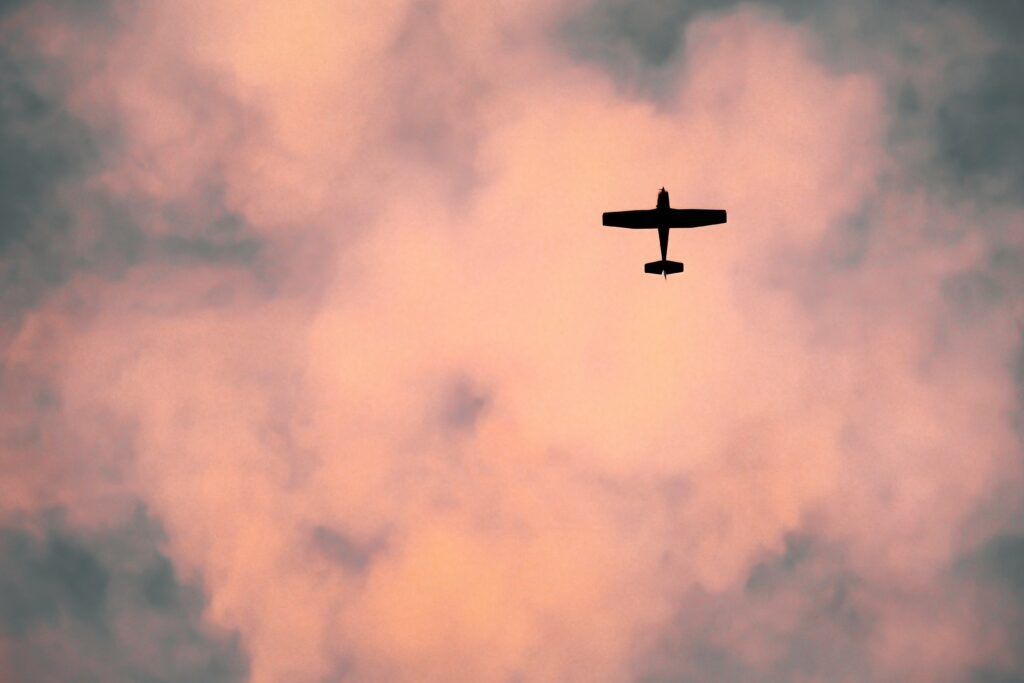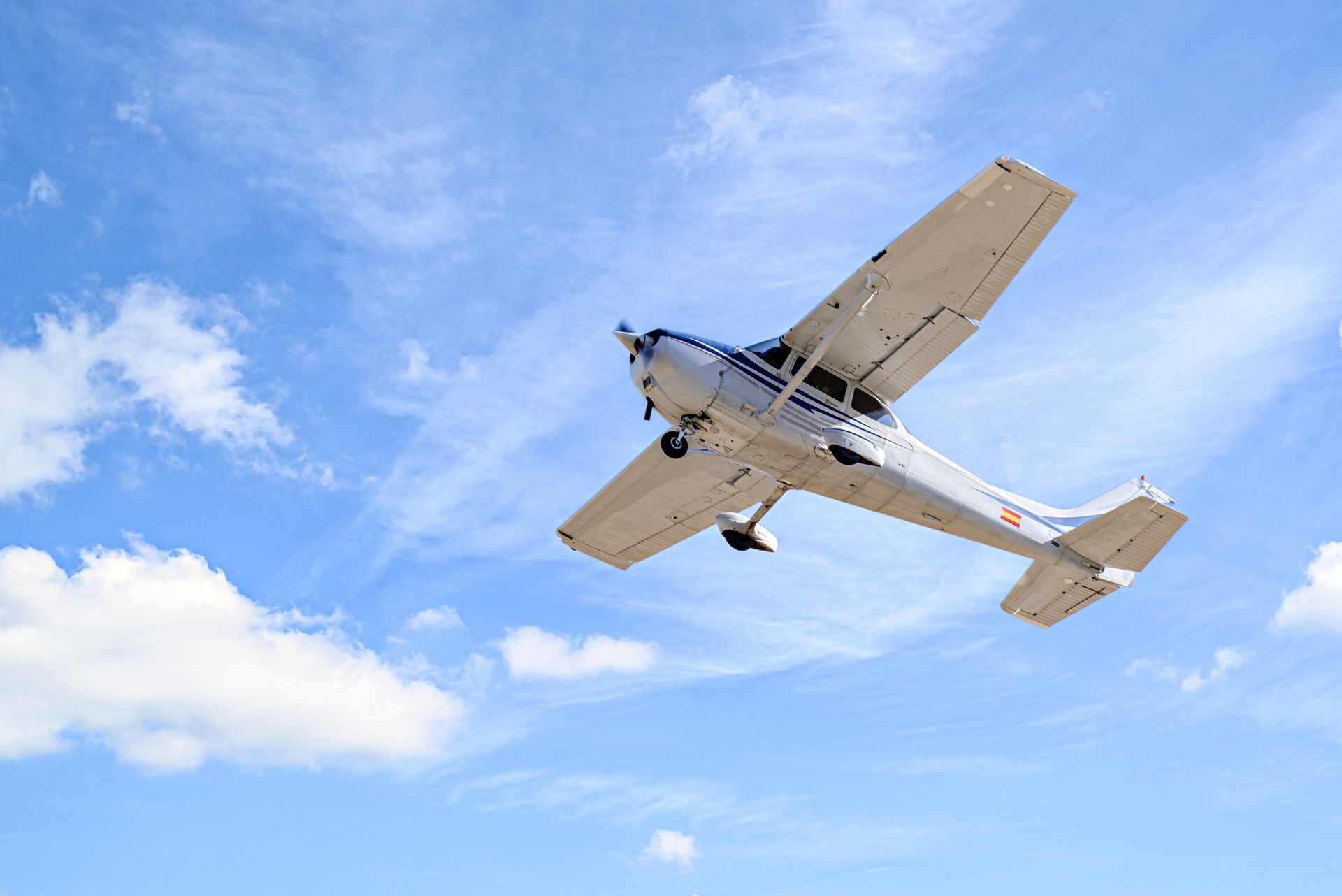Share this Article:
As a new aircraft owner, there’s one more thing to do before you take flight: Register your aircraft.
What is Aircraft Registration ?
Aircraft registration is how you get your tail number, also known as an N number in the United States. It’s the number that is typically printed on the tail part of the plane. If the aircraft is small enough, it may be printed on the rear of the fuselage instead. In most countries, the number is also stamped into a fireproof plate, which can be recovered in case of an accident.
You also get a paper registration bearing the N number, and this must be carried with the aircraft when it is in operation.
Due to an international convention, every country has a letter assigned to it and can register aircraft that meet its qualifications.
Aircraft Registrations Explained
Why are U.S. Aircraft Registration Numbers Called N Numbers?
The simple answer is that every aircraft registration number distributed by the United States starts with N. This differentiates the U.S. numbers from those provided by other countries.
Using “N” to designate the United States began in 1912, at the London International Radiotelegraphic Conference. There, it was formally designated to the United States. However, it did not get standardized and used for aircraft in the U.S. until 1948. It is believed that the connection between the U.S. and the letter N began with the Navy’s use of it for its radio callsigns, rather than originally designating civilian aircraft.
Is There a Specific System Used by the FAA?
Yes, there are many rules surrounding the FAA’s generation of tail numbers. Along with starting with N, a U.S. tail number must have a maximum of six characters, with the N included.
There are three formats the numbers may have. There can be an N followed by anywhere from one to five numbers; the letter can be followed by one and four numbers plus another letter; or it can be followed by one and three numbers plus two other letters.
Some numbers and letter combinations are off-limits. The letters I and O are not used because they can be confused for the numbers 1 and 0. Tail numbers N1 through N99 are reserved for FAA use. Finally, the first number after the N in an N number must not be 0.
This system has been in use since January 1, 1949. Aircraft registered prior to that date use a different system. They did not have to get new tail numbers when the change took place, so it is still possible to see old aircraft that use the now-obsolete number format.
How to Register Your Aircraft
Qualifying to Register
To register an aircraft in the United States, you must fit into one of these categories:
- A citizen of the United States
- A legal, permanent resident of the United States
- A United States governmental unit or subdivision
- A corporation or organization set up in the U.S., with a president and at least 75% of the board of directors who are citizens. A minimum of 75% of the voting interest in the organization must also be controlled by U.S. citizens.
- A foreign corporation, only if at least 60% of the aircraft’s flight time involves flights starting and ending in the U.S., and the aircraft is based in the U.S.
If the aircraft is already registered in a foreign jurisdiction, it must be de-registered from that jurisdiction before it can be registered by the FAA.
Finally, the aircraft must be registered in the legal name of the individual, corporation, or organization that owns it.
Registering Your Aircraft
The actual process of aircraft registration is fairly simple, and you don’t even have to physically go to an office to do it. Instead, everything is handled by mail. You will need to send in several forms and documents. These are sent to the Aircraft Registration Branch of the FAA.
- Proof of ownership, such as the bill of sale
- C. Form 8050-1 (Aircraft Registration Application)
- A $5.00 registration fee, payable to the Federal Aviation Administration
If you use a Post Office box as your mailing address, you’ll also have to provide a physical location address on your application.
Everyone who signs the application form must also provide their title, such as “individual owner” or “CEO.”
The C. Form 8050-1 is available online, and it is also possible to get paper forms directly from the Aircraft Registration Branch or an FAA Flight Standards District Office.
Processing of the submitted forms takes between 16 and 20 business days. This timing is counted from when the forms actually arrive at the Aircraft Registration Branch. If you want to check and see if a specific aircraft has been successfully registered, you can look it up with an N-number search at the FAA’s registry site at registry.faa.gov.
Does Aircraft Registration Expire?
Yes. According to the FAA , aircraft registration expires three years after initial registration or renewal. The official “date-to-file” is a long five months prior to expiration. This lead time is needed to provide a “safety margin” for correcting any errors, as well as to ensure plenty of time for the FAA to get a new certificate out to you.
A renewal notice is sent six months in advance of expiration, but keep in mind that this is just one month before you actually have to get your renewal in. Renewing this early does not affect the new expiration date, so there’s no reason to delay.
If you haven’t renewed by the official date-to-file, a reminder notice will be sent out. There will be no other notices until the registration actually expires.
Renewals can be done online as well as by mail, so it’s easy and convenient to renew early. However, the FAA doesn’t accept renewal applications more than one month before the date-to-file. Your first reminder should arrive around that time.
To learn more about aircraft ownership, buy a plane, or get service for your current aircraft, contact J.A. Air in Chicago. They’ll be happy to guide you.




